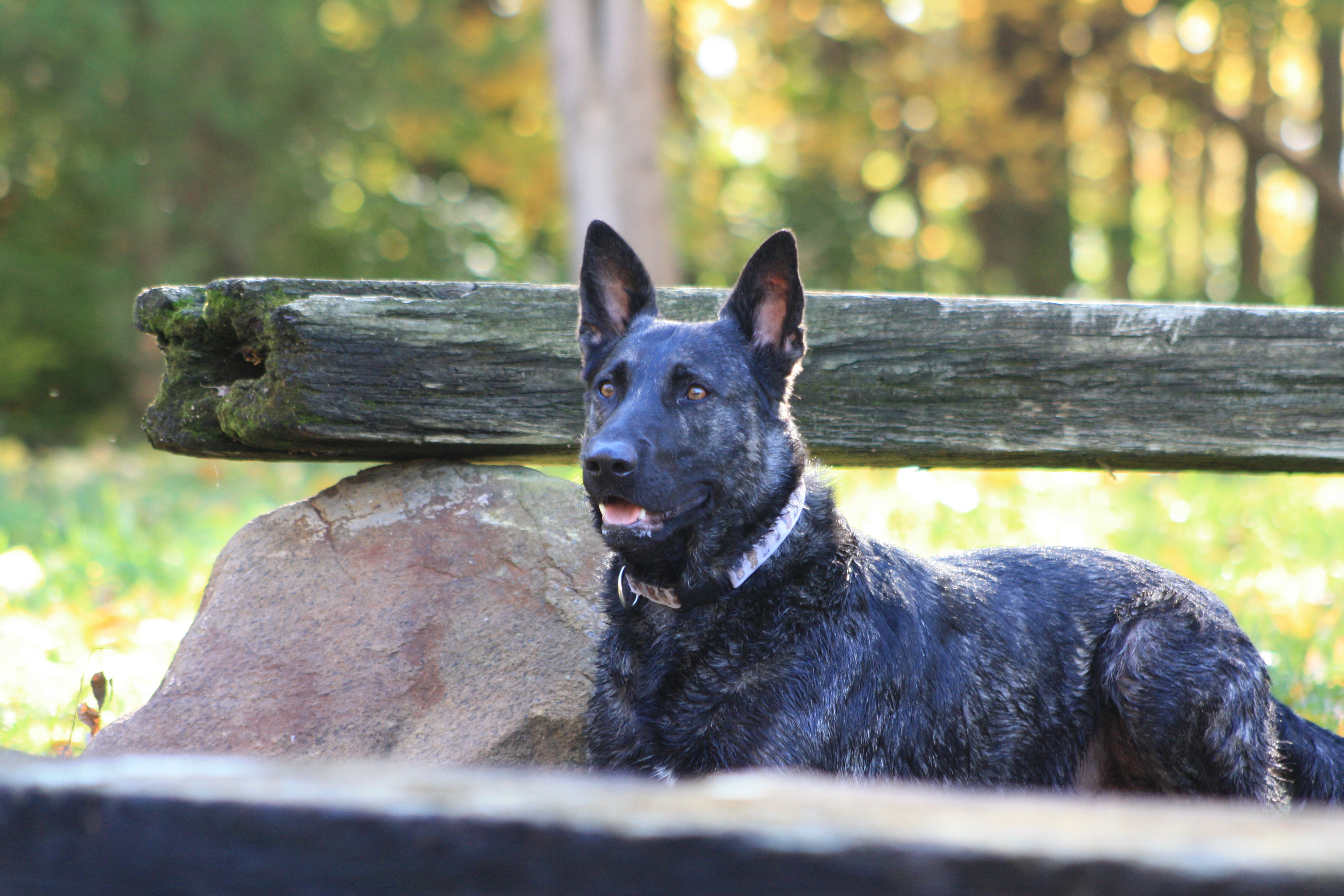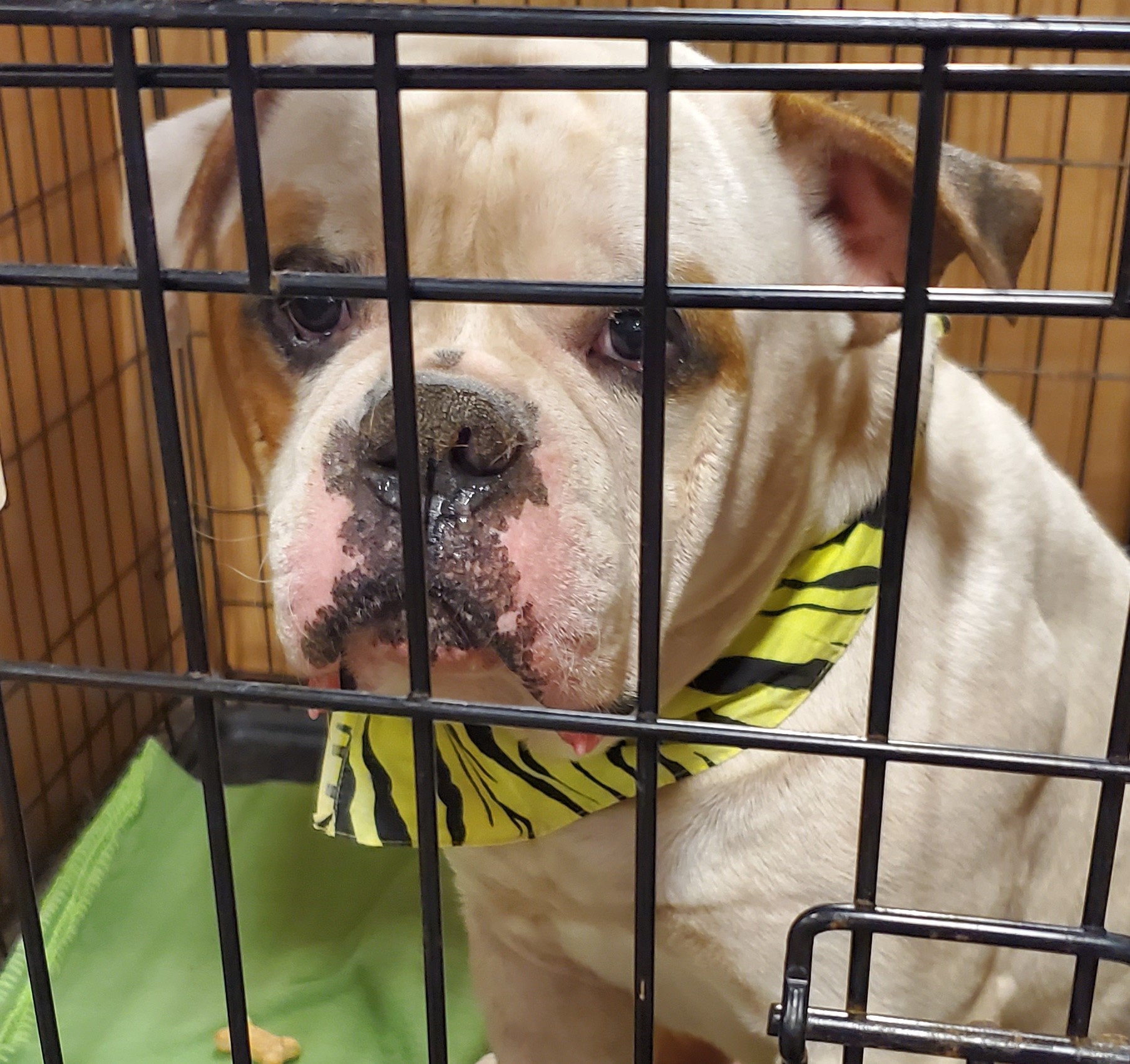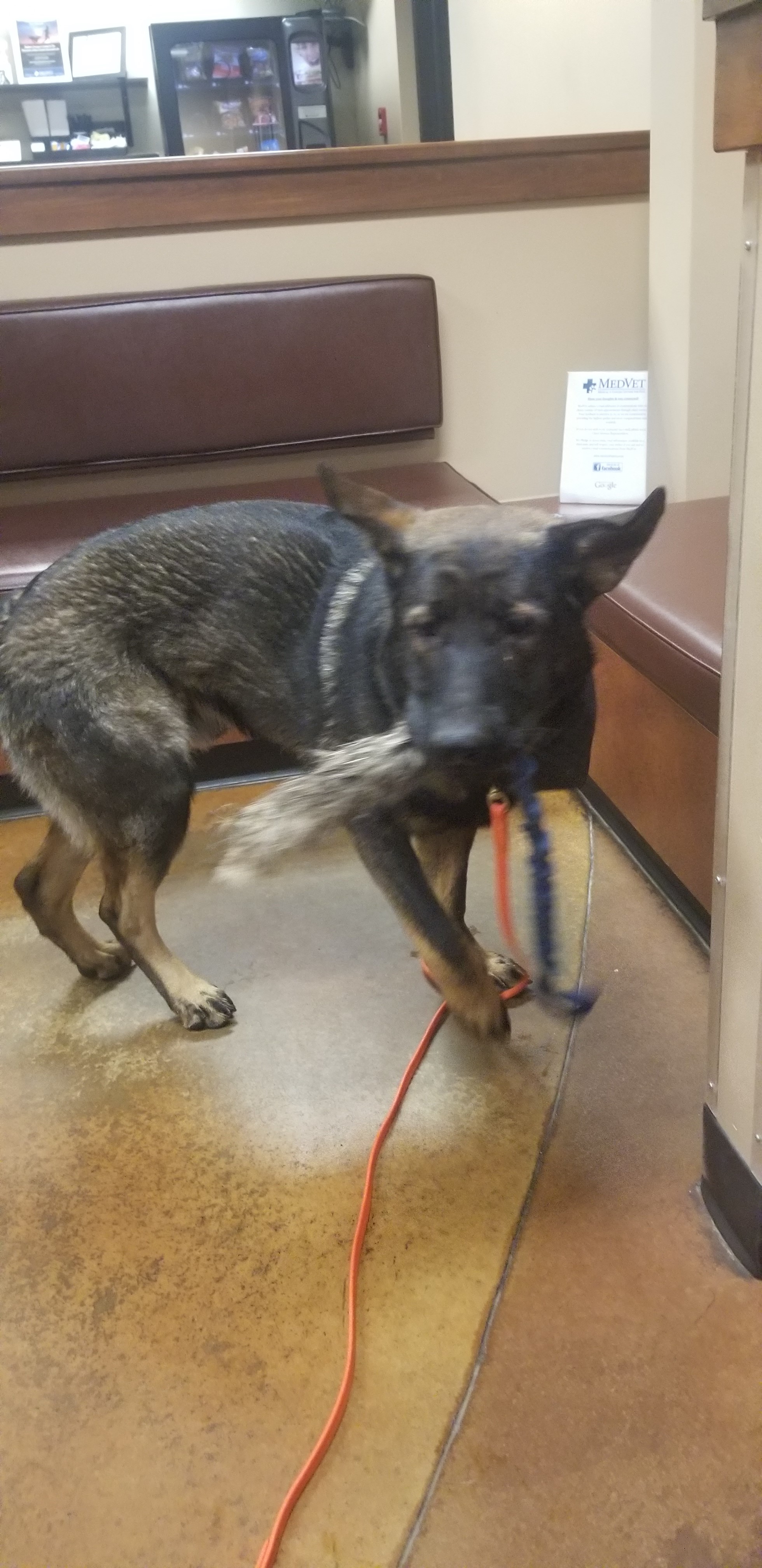I am afraid of storm drains. You know the kind at the edge of the street where storm water runs into the dark. One day you decide to help me get over my fear of storm drains; and you ask me to come talk to you near a drain and as I approach you give me a $100 bill. The minute I take the $100 bill Pennywise the Clown from Stephen King’s IT pops out and terrifies me. I run away, so you decide to put down a big line of $100 bills from the middle of the street to the drain and I slowly creep forward picking up the $100 bills but right when I get the drain; there is Pennywise the Clown AGAIN.

You talk to me and tell me it is just an imaginary clown, absolutely NOTHING to be afraid of and show me an entire handful of $100 bills and tell me they are all mine if I walk close to you. So, I do and then as soon as I get the money Pennywise whispers “they all float down here.” I refuse to go near the drain again.
The next day you and I go for a walk around the neighborhood and a $100 bill floats across the street and I freak out, scream, punch you and run away.
What the hell just happened? The $100 bill predicted I would be scared beyond what I could handle so I reacted by hurting you and running away. $100 bills are now poisonous to me. They predict something scary will happen.
How many times have you done this to your dog? Showed the dog something yummy and then said, “all you have to do to get this yummy thing is do something that you don’t enjoy?” We think we are teaching the dog overcoming its fear will give it something tasty. Instead, we may be teaching the dog we are not to be trusted and good things to eat means something bad is about to happen.
Let me give you two examples from recent clients.
Moose is a 4-year-old tiny terrier. He is afraid of the world. Because he is so small, his owners often stoop down and try and pick him up. Moose now bites people because they scare him including his owners when they try and pick him up. I was tossing treats to Moose and he was doing ok. He was nervous, but if the treats fell far away from me, he would eat them. After a few minutes he was more relaxed and walking around the room eating treats I tossed. Then the owner brought out his leash. Moose stopped eating the treats. His owner called him to her, and he belly crawled all the way and as soon as he got to her, he flipped over on his back and peed. His owner handed him a piece of chicken and Moose just laid there in a puddle of pee not moving, not eating the chicken.
His owner was perplexed because she said chicken was his favorite food. I asked her if she had been using the chicken in the past to get Moose to come to her and then put on his leash or pick him up and she said she had.
She had poisoned the chicken for Moose. He now equated chicken to his owner doing something to him that terrified him. It doesn’t matter that we don’t understand what terrified Moose about having his leash put on or why he was scared when his owner tried to pick him up. The important part was Moose had been begging his owner to stop terrify him for months until he gave up and started biting. Moose’s owner was not a bad person. She loved her dog, she just wanted to take him for a walk.
By giving the treats to Moose at the same time something scary happened, Moose began associating the treats with the scary thing. Later, I tried using chicken with Moose when he was just walking around the room and he would not it, but he would eat the treats I brought. Chicken meant something bad to Moose.
The second client had a young female shepherd named Griff. Griff had recently bitten the owner’s boyfriend. The incident happened when the boyfriend was trying to get the dog to go into the room where its crate was located. I asked the owner how Griff was about going into her crate. She said Griff always went in after a treat and there was no issue of the dog going into the crate, but as soon as the owner reached for the door to close it, the dog had started snarling and lunging at the crate door and continued to growl until the owner left. This behavior had been going on for several months but they owner didn’t think it was a big issue since the dog went into the crate on its own.
Instead, the dog had learned that it could get something great and as soon as it ate the wonderful thing the scary crate door closed. Then the dog had decided even going in the bedroom where its crate was located was too scary and so it bit the boyfriend when he tried to get the dog into the room.
Just because you give a dog a reward doesn’t mean you are rewarding the dog.
So, what to do?
In the case of Moose, I asked the owner to find a new treat and to sit on the floor tossing treats to Moose. If Moose came toward her, she could then toss a treat to Moose, but she immediately had to then toss a treat away, so Moose did not feel he “had” to go up to her. Once Moose was reliably coming to her and eating treats, I asked her to move her hand toward Moose’s neck but not to touch it. Just move the hand so Moose could see it but not get too scared. Once she works up to touching Moose’s neck, she can move onto holding a collar out and rewarding Moose if he looks at the collar; then slowly work up to training Moose to stick his head in the collar and then work on reintroducing the leash.
Instead of bending down to pick Moose up; I asked the owner to sit in a chair and call Moose to her, give him a treat then let him go chase another one until Moose was comfortable sitting in her lap; then pick him up. However, I asked her to first see her veterinarian just in case Moose was hurting somewhere on his body and picking him up was aggravating that hurt.
For Griff I asked the owner to go into the room with the crate and toss a treat to Griff if she came toward the door of the bedroom, then walk back out of the bedroom, walk back in and reward Griff if she stuck her nose into the bedroom. Gradually we will work with seeing if Griff can walk toward the crate and go in on her own and then get rewarded. Once she is going in and out on her own, then we will work up to touching the crate door and rewarding and then start closing the crate door.
In both these training situations the dog is getting the reward AFTER it does something. If the dog finds the situation too scary then the dog can choose to not participate and walk away. If that happens, we need to make the game easier for the dog.
Giving a dog a choice to play means the dog can decide on its own if the game is rewarding. If it isn’t then the dog can opt out. Once a dog figures out its owner has its back and won’t make it do scary things, the dog’s confidence grows.
For my fear of storm drains, someone could give me a $100 bill if I turn down the street with the drain and then encourage me to walk away from the drain. But it would be MY choice to walk toward the drain and I would get the reward immediately after I made my choice. I could also choose not to get the reward.
Choice is the important part. An animal (including a human) could really want the reward. I might really want that $100 bill so I might risk doing something scary to grab the $100 bill, but I am not learning how to not be scared so later I could get so overwhelmed I might act out of fear and do something like punch you. Always make sure the dog is choosing to play the game and then get the reward.






 Imagine you are a person who is afraid of snakes. Not just a little afraid, but so afraid you almost can’t breathe if you see a snake. If you see a snake, you want to rush forward and kill it before it can hurt you. You come to me for help because now you are afraid to go outside because there could be a snake out there.
Imagine you are a person who is afraid of snakes. Not just a little afraid, but so afraid you almost can’t breathe if you see a snake. If you see a snake, you want to rush forward and kill it before it can hurt you. You come to me for help because now you are afraid to go outside because there could be a snake out there.






